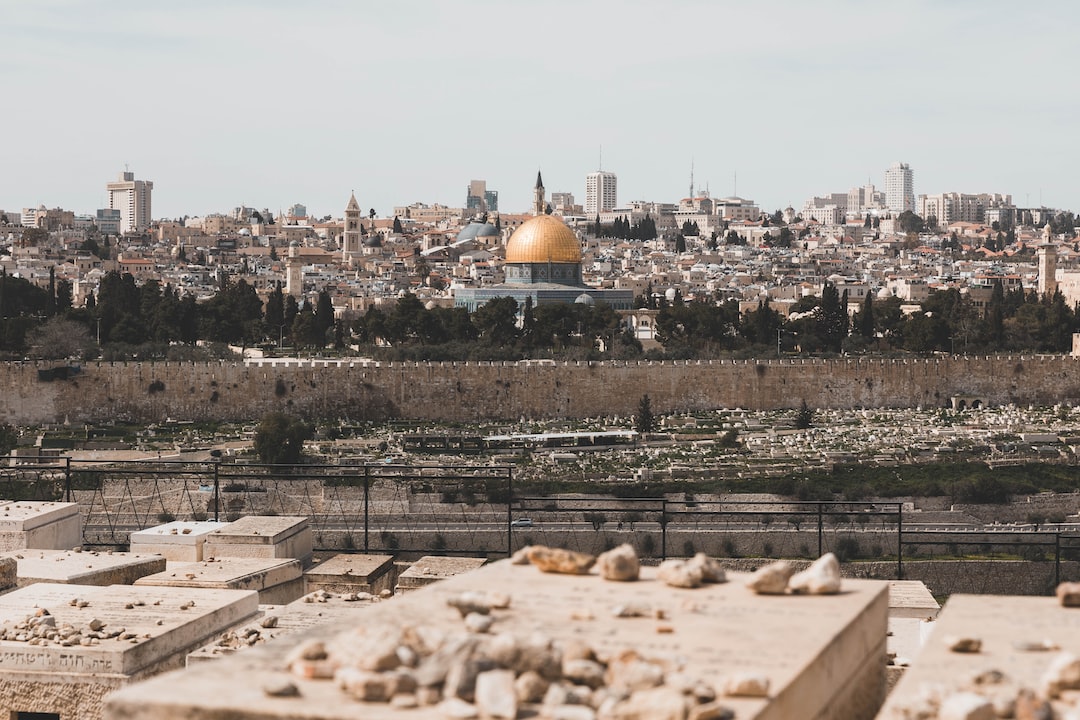Jerusalem, a city that has been at the crossroads of multiple civilizations for centuries, is not only known for its rich history and religious significance but also for its traditional arts and crafts. One such art form that encapsulates the essence of Jerusalem is pottery. Learning the traditional art of pottery in Jerusalem is not only a unique experience but also an opportunity to immerse oneself in the culture and history of this diverse city.
Pottery has been practiced in Jerusalem for thousands of years and has played a significant role in the city’s cultural heritage. From the Canaanite period to the Byzantine era and beyond, pottery can be found in archaeological sites, museums, and even in the bustling markets of Jerusalem. Understanding the techniques and processes behind this ancient art can deepen one’s appreciation for the artifacts that have stood the test of time.
One of the best places to learn pottery in Jerusalem is at the Jerusalem Pottery Workshop. Located in the heart of the city, this workshop offers classes and workshops for both beginners and experienced individuals. Led by skilled artisans, these sessions provide a hands-on experience in the art of pottery making.
The journey of learning pottery begins with the basics of clay preparation. Participants learn about different types of clay, their distinct properties, and the process of wedging and kneading to remove air bubbles. This crucial step lays the foundation for successful pottery making.
Once the clay is prepared, participants are introduced to various pottery techniques such as hand-building, wheel-throwing, and glazing. Hand-building involves shaping the clay by hand, using techniques like coiling or slab construction. Wheel-throwing, on the other hand, involves using a potter’s wheel to shape the clay into symmetrical forms.
Under the guidance of experienced potters, students learn the art of centering the clay on the wheel, forming vessels, and creating unique designs by altering the shape or adding decorative elements. This part of the process requires patience, practice, and a keen eye for detail.
After the pieces are shaped, the next step is the drying and firing process. Participants learn about the optimal drying conditions and the importance of uniform drying to prevent cracking or warping. Once dry, the pottery is ready for the first firing, also known as the bisque firing.
Bisque firing is done at a relatively low temperature to harden the clay and prepare it for the next stage, glazing. Glazing not only adds aesthetics but also seals the porous clay surface, making it water-resistant. Students explore different glazing techniques, such as dipping, pouring, or using brushes, and learn about the chemical reactions that occur when glazes are fired.
The final step in the pottery-making process is the second firing, known as the glaze firing. This firing is done at a higher temperature to fuse the glaze and clay, resulting in the beautiful, glossy finish that characterizes pottery. After the pieces have cooled down, participants can finally see the fruits of their labor and proudly take home their handmade creations.
Learning the traditional art of pottery in Jerusalem goes beyond the technical aspects of the craft. It is also a journey into the rich history and cultural heritage of the city. Through pottery, one gains a deeper understanding of the people, their traditions, and the stories that have been passed down through generations.
Whether it’s creating a small clay bowl or a finely crafted vase, each pottery piece tells a story of the past and connects us to the artists who came before us. So, if you find yourself in Jerusalem, don’t miss the opportunity to learn this timeless art and create something truly special that reflects the spirit of this historic city.

